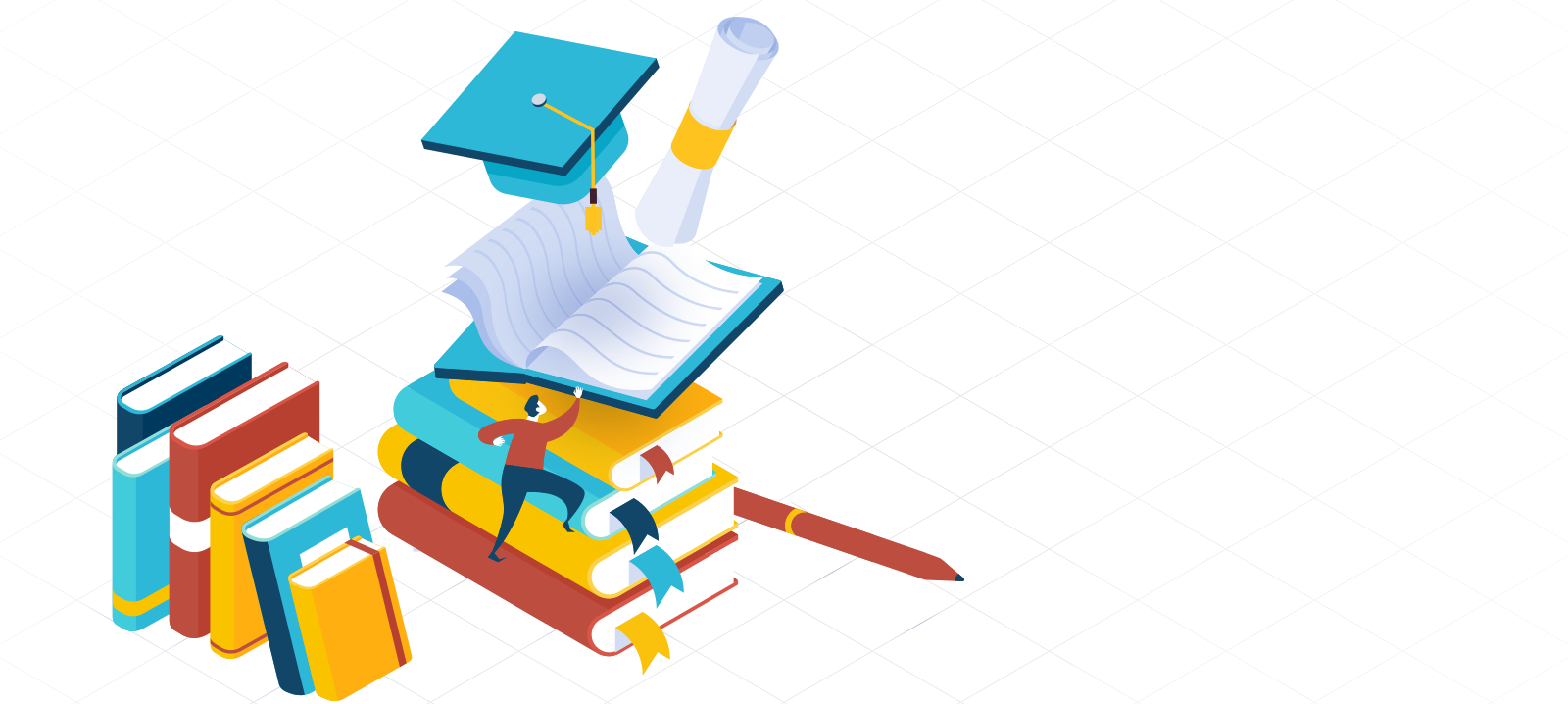A How to Draw a Balanced Diet:Complete Guide to Healthy Eating
Outline
H1: Introduction
What is a balanced diet?
Why it matters for everyday health
H2: Understanding the Basics of a Balanced Diet
Definition of a balanced diet
Core principles of nutrition
H2: The Key Food Groups in a Balanced Diet
H3: Carbohydrates: The Body’s Main Energy Source
H3: Proteins: Building Blocks of the Body
H3: Fats: Essential but Misunderstood
H3: Vitamins and Minerals: Tiny but Mighty
H3: Water: The Overlooked Nutrient
H2: The Role of Macronutrients
H3: Importance of Energy Balance
H3: Daily Recommended Intake
H2: The Role of Micronutrients
H3: Why Vitamins Matter
H3: Minerals for Stronger Bones and Immunity
H2: Portion Control and Moderation
H3: Understanding Serving Sizes
H3: Mindful Eating Practices
H2: How to Plan a Balanced Diet
H3: The Plate Method
H3: Using Food Pyramids and Dietary Guidelines
H2: Practical Tips to Maintain a Balanced Diet
H3: Grocery Shopping Smart
H3: Cooking at Home vs. Eating Out
H3: Meal Prepping for Consistency
H2: Common Mistakes to Avoid
H3: Overeating “Healthy” Foods
H3: Cutting Out Entire Food Groups
H3: Relying on Supplements Alone
H2: Balanced Diet for Different Age Groups
H3: Children and Teens
H3: Adults
H3: Seniors
H2: Balanced Diet and Lifestyle Factors
H3: Diet for Active Individuals and Athletes
H3: Diet for Sedentary Lifestyles
H2: Cultural and Regional Differences in Balanced Diets
H3: Mediterranean Diet
H3: Asian Diets
H3: Western Diet Patterns
H2: How Technology Helps in Tracking Diet
H3: Nutrition Apps
H3: Wearable Health Devices
H2: Conclusion
H2: FAQs
What is the simplest way to start eating a balanced diet?
Can I still enjoy snacks while eating a balanced diet?
How much water should I drink daily?
Do I need supplements if I eat healthy meals?
How long does it take to see results from a balanced diet?
Introduction
Eating healthy often feels complicated, doesn’t it? With so much conflicting advice out there, many of us are left wondering: What exactly is a balanced diet, and how can I actually follow one? The truth is, a balanced diet doesn’t mean eating bland food or giving up everything you love. Instead, it’s about fueling your body with the right nutrients in the right proportions. Think of it like drawing a roadmap for your health—it guides your food choices so you can feel energized, maintain your weight, and prevent diseases.
In this guide, we’ll break down everything you need to know about how to draw a balanced diet—step by step.
Understanding the Basics of a Balanced Diet
A balanced diet means eating a variety of foods in the right amounts to give your body the nutrients it needs. These nutrients include carbohydrates, proteins, fats, vitamins, minerals, and water. Balance doesn’t mean perfection—it means moderation and variety.
At its core, the principle is simple: no single food can provide everything your body needs. That’s why balance is key.
The Key Food Groups in a Balanced Diet
Carbohydrates: The Body’s Main Energy Source
Carbs often get a bad reputation, but they’re your body’s primary fuel. Whole grains, fruits, and vegetables are excellent sources. The trick is choosing complex carbs like oats, brown rice, and quinoa instead of refined ones like white bread and pastries.
Proteins: Building Blocks of the Body
Proteins repair tissues, build muscles, and keep your immune system strong. Lean meats, fish, eggs, beans, and nuts are great options. Vegetarians can rely on lentils, chickpeas, and tofu.
Fats: Essential but Misunderstood
Fats aren’t the enemy—they’re essential for hormone production and brain function. The key is choosing healthy fats like olive oil, avocado, and fatty fish while limiting trans fats and heavily processed oils.
Vitamins and Minerals: Tiny but Mighty
Though needed in small amounts, vitamins and minerals play critical roles. Vitamin C enhances the immune system, whereas calcium fortifies the bones. Eating a rainbow of fruits and vegetables ensures you cover most of your micronutrient needs.
Water: The Overlooked Nutrient
Hydration is just as important as food. Water plays a crucial role in regulating body temperature, facilitating digestion, and transporting nutrients.Aim for 6–8 glasses a day, though active people may need more.
The Role of Macronutrients
Importance of Energy Balance
Your body needs the right balance of carbs, proteins, and fats to function properly. Too much or too little of any macronutrient can throw your health off track.
Daily Recommended Intake
Carbohydrates: 45–65% of daily calories
Proteins: 10–35%
Fats: 20–35%
These numbers aren’t rigid rules but helpful guidelines.
The Role of Micronutrients
Why Vitamins Matter
Vitamins like A, D, E, and K are fat-soluble, while B-complex and C are water-soluble. Each has unique roles—Vitamin D supports bone health, while Vitamin B12 helps with red blood cell formation.
Minerals for Stronger Bones and Immunity
Minerals like calcium, magnesium, potassium, and iron are essential. Without them, we risk issues like weak bones, fatigue, or low immunity.
Portion Control and Moderation
Understanding Serving Sizes
Even healthy foods can become unhealthy when eaten in excess. Learning portion sizes—like a handful of nuts or a palm-sized serving of meat—can help maintain balance.
Mindful Eating Practices
Slow down, savor your meals, and listen to hunger cues. Mindful eating prevents overeating and helps you appreciate food more.
How to Plan a Balanced Diet
The Plate Method
A simple way to visualize balance:
Half your plate = vegetables and fruits
One-quarter = lean protein
One-quarter = whole grains
Using Food Pyramids and Dietary Guidelines
Government and health organizations often provide visual guides. These can be a great starting point to shape your meals.
Practical Tips to Maintain a Balanced Diet
Grocery Shopping Smart
Plan your shopping list before hitting the store. Stick to whole foods and avoid aisles stacked with ultra-processed snacks.
Cooking at Home vs. Eating Out
Cooking at home gives you control over ingredients, while eating out often comes with hidden calories, fats, and sodium.
Meal Prepping for Consistency
Prepping meals ahead saves time and prevents unhealthy last-minute choices.
Common Mistakes to Avoid
Overeating “Healthy” Foods
Yes, even too many nuts, avocados, or smoothies can overload your body with calories.
Cutting Out Entire Food Groups
Unless you have a medical condition, cutting carbs or fats completely is risky. Balance, not elimination, is key.
Relying on Supplements Alone
Supplements can help, but they can’t replace the nutrients you get from real food.
Balanced Diet for Different Age Groups
Children and Teens
They need extra nutrients for growth, especially calcium, iron, and protein.
Adults
Focus on balance and portion control to maintain energy and prevent chronic diseases.
Seniors
Calcium, Vitamin D, and fiber become especially important for aging bodies.
Balanced Diet and Lifestyle Factors
Diet for Active Individuals and Athletes
Athletes need more protein for muscle recovery and extra carbs for energy.
Diet for Sedentary Lifestyles
If you’re less active, portion control and limiting high-calorie foods are vital.
Cultural and Regional Differences in Balanced Diets
Mediterranean Diet
Rich in olive oil, vegetables, and fish, this diet is linked to heart health.
Asian Diets
Often include rice, vegetables, soy products, and fish—balanced and plant-heavy.
Western Diet Patterns
Cultural and Regional Differences in Balanced Diets
Mediterranean Diet
Rich in olive oil, vegetables, and fish, this diet is linked to heart health.
Asian Diets
Often include rice, vegetables, soy products, and fish—balanced and plant-heavy.
Western Diet Patterns
- High in processed foods, sugar, and fats—often the reason for rising obesity rates.
How Technology Helps in Tracking Diet
Nutrition Apps
Apps like MyFitnessPal help track calories, macronutrients, and even hydration.
Wearable Health Devices
Smartwatches can track activity and remind you to drink water, promoting healthier habits.
Conclusion
A balanced diet is not about restriction—it’s about variety, moderation, and smart choices. By including all food groups, practicing portion control, and staying consistent, you can enjoy food while nurturing your health. Remember, it’s not about short-term diets but long-term lifestyle changes.
FAQs
1. What is the simplest way to start eating a balanced diet?
Start by using the plate method—half fruits and vegetables, a quarter protein, and a quarter whole grains.2. Can I still enjoy snacks while eating a balanced diet?
Yes! Choose healthier snacks like fruits, nuts, or yogurt instead of processed chips and cookies.3. How much water should I drink daily?
Aim for 6–8 glasses, but adjust based on activity level and climate.4. Do I need supplements if I eat healthy meals?
Not usually. A varied diet often provides all the nutrients you need unless a doctor recommends supplements.5. How long does it take to see results from a balanced diet?
You may notice more energy within weeks, but long-term benefits like improved health can take months.


















0 comments:
Post a Comment